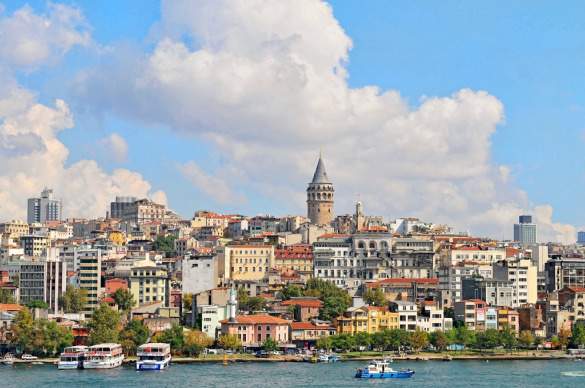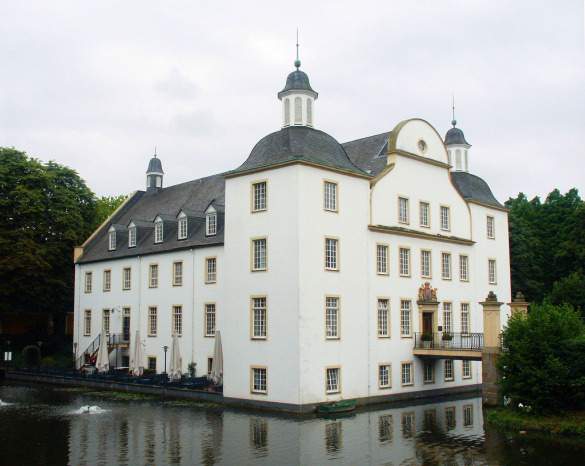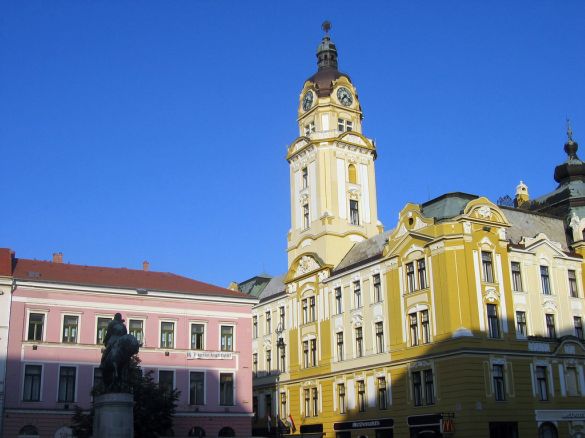Do you know about the European Capitals of Culture program? If not, you should. Europe’s been a hotbed for culture and history for centuries, and modern Europe continues to embrace this strength by highlighting a few of its special cities each year.
The Cities of Culture are chosen years in advance and the winners work tirelessly for months and months in preparation, rolling out the proverbial red carpet for tourists who add these off-beat stops on their Euro itinerary. Some years there is just one capital, while others years there are several.
In 2010 there are three, and they’re worthy of your attention – because they truly are cities of culture, with or without the official designation.
Istanbul, Turkey

The European Cities of Culture aren’t always small villages and towns you might not have heard of; the largest city chosen this year is Istanbul.
As one of Europe’s largest cities and the only city in the world to straddle two continents (Asia and Europe), there are plenty of reasons to visit Istanbul. You should start your visit at the Grand Bazaar, the world’s oldest shopping mall and the perfect place to just get lost in the maze of stalls, shops and sights. Yes, it is a bit touristy, but the real experience is the hustle-and-bustle, not necessarily the inflated prices. If you’re looking for spices, the Egyptian Bazaar, sometimes called the Spice Bazaar, should be a port of call.
Another year-round experience in Istanbul is the Turkish bath. Once you’ve been steamed, scrubbed, and rubbed, you can then relax the afternoon away in a Turkish coffee shop or tea room.
As for the Cities of Culture activities, the list of events and exhibitions is lengthy. The opening of the TÜRVAK Museum sounds quite interesting – a cinema, theatre and television museum – but unfortunately that’s not open until October. Another “must see” for me is the ‘Story of the City Constantinople’ which is playing at the open air theater in June. There are also features of local craftsmen, calligraphers and writers, and even an exhibit showcasing the city’s changing social demographics over the past century.
Getting There: Istanbul has not one but two airports: the larger Atatürk terminal where most international flights come in and only 45 minutes from the city by metro; the smaller is Sabiha Gökçen, one hour from the city by bus and where you’ll find yourself when flying most of the low cost carriers. There is train service from Greece and Bulgaria.
Essen, Germany

Essen is probably are more typical vision of a city of culture – one of those places just off the beaten track that has lots to see but few people stopping by. Most people visit during trips to Dusseldorf, in combination with other daytrips to cities like Dortmund.
Essen is actually home to an unlikely UNESCO World Heritage site: Zollverein, once called ‘the most beautiful coal mine in the world.’ It no longer produces mineral ore but is now a backdrop for several design institutions and a new history museum. As with many European towns, the other major attraction is the city’s main cathedral, fairly nondescript in Essen as the city’s other taller buildings overshadow it.
The opening of the Ruhr museum at the coal mine has been the true highlight of the cities of culture agenda in Essen. I’m looking forward to the “Redesigning the Metropolis” exhibition, where artists examine how our future cities and cultural fabric should be put together. Along similar lines, the project “Moving Europe” aims to highlight other European communities and explore the ebbs and flows of a continent slowly lowering its internal borders. And linguists should not miss the “Exploring Language” piece which features poetry recitals and fairytale telling.
Getting There: Essen is part of the jurisdiction of the “VRR,” a streamlined and well integrated bus/rail network based in Dusseldorf. Thus it’s quite easy to get to Essen from Dusseldorf airport or train station; it is about a half hour journey.
Pecs, Hungary

Many consider Pecs a touristy backwater in the southwest of Hungary. For me, the colorful buildings and quiet streets are a refreshing change of pace from Budapest’s throngs crossing the Danube. Pecs is one of the oldest Christian cites, and you’ll see many sites and attractions related to this; the Necropolis of Sopianae is the city’s only UNESCO World Heritage site. There are eight or nine museums in town, so be sure to have a look around and pick ones that suit – none of them are massive so you can easily do a couple in a day.
Pecs really has the red carpet out for the 2010 events agenda. In March and April there’s the Spring Festival for contemporary and classical art. If you miss that, don’t worry – I would suggest the Icons exhibition at the Visual Arts Gallery, highlighting the wackiest religious arts. The offbeat theme continues with “We Were Birds,” a series of drama plays. But if you want something a little more traditional, the Chef’s Society is doing a whole series of gastronomic events, and I’d never turn down a plate of homemade Hungarian food!
Getting There: The easiest way to reach Pecs is via train from Budapest, the country’s capital and most likely the starting or ending point for any Hungarian itinerary. Try to catch an express train for a journey just under three hours.
photos, top to bottom, by: Tambako the Jaguar, sodele, Victoria Reay